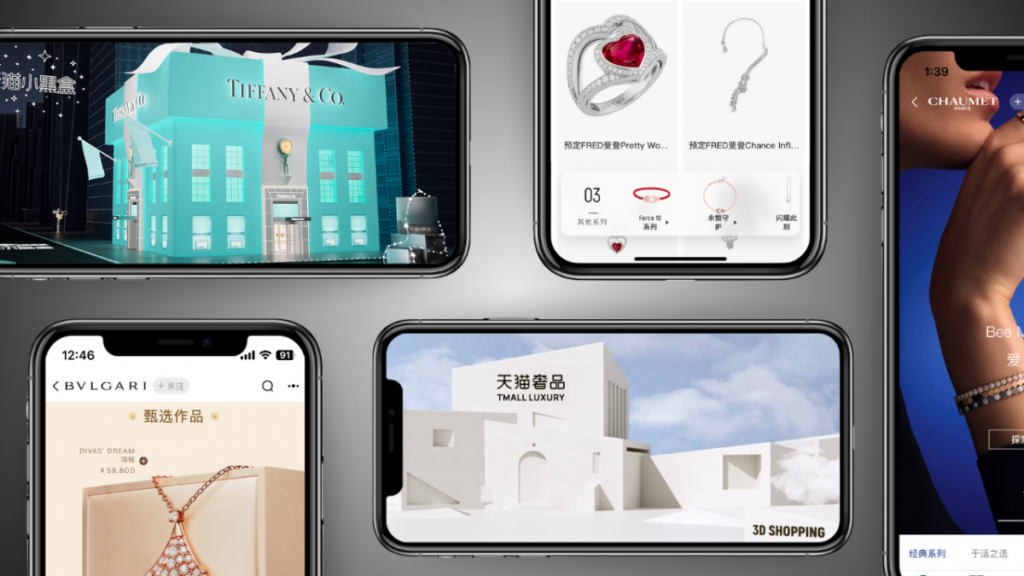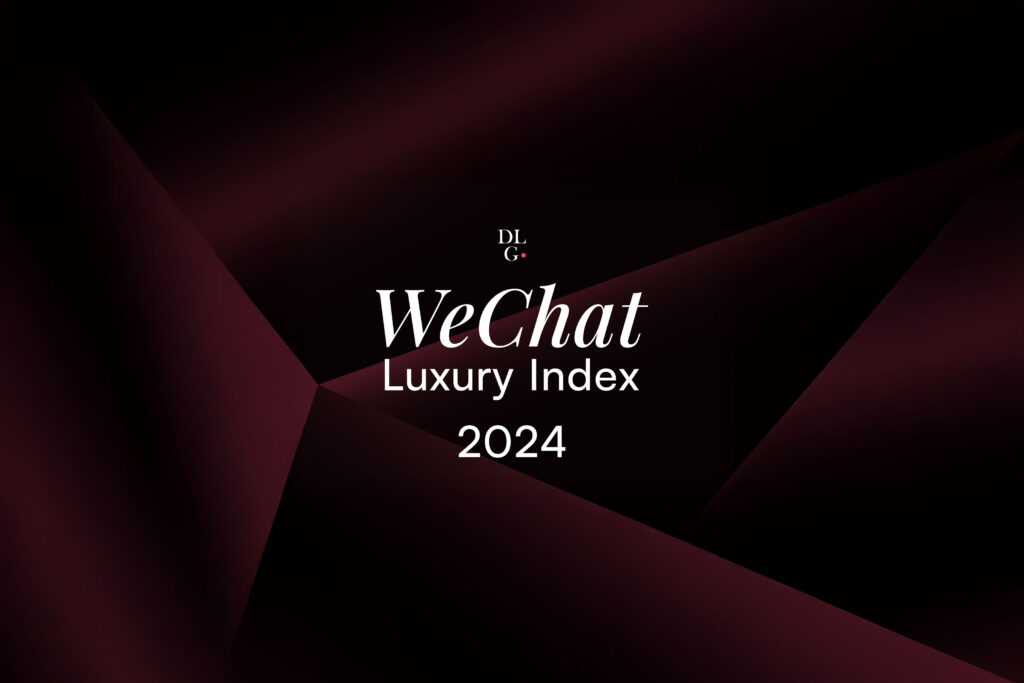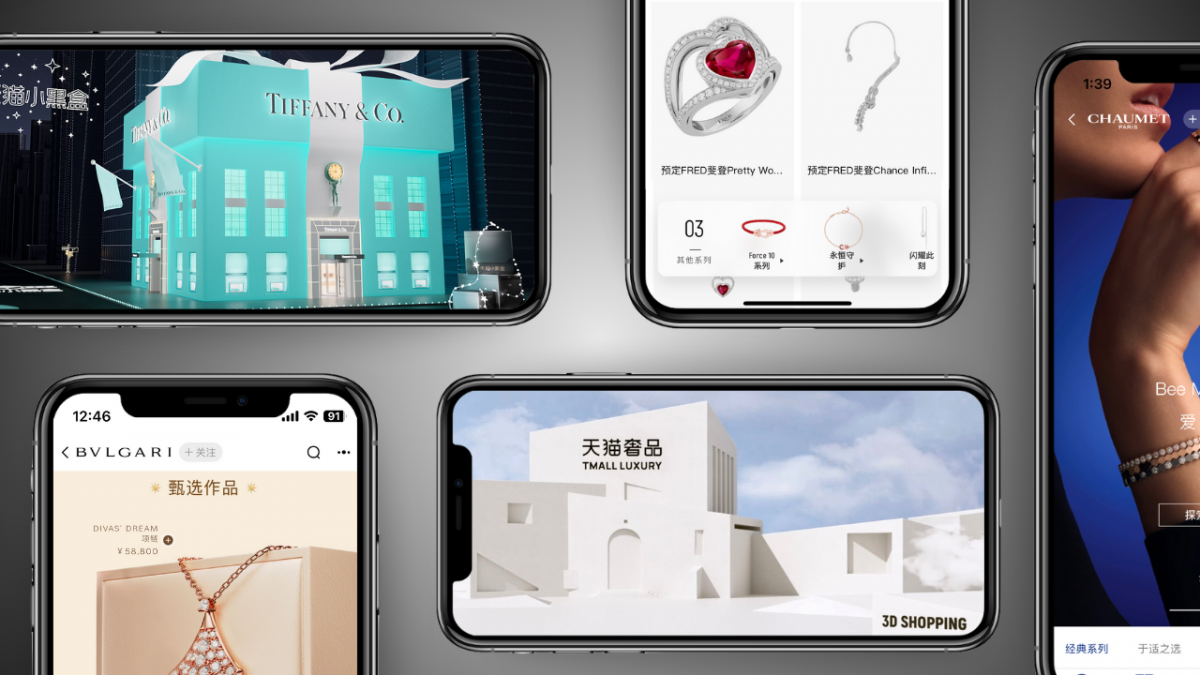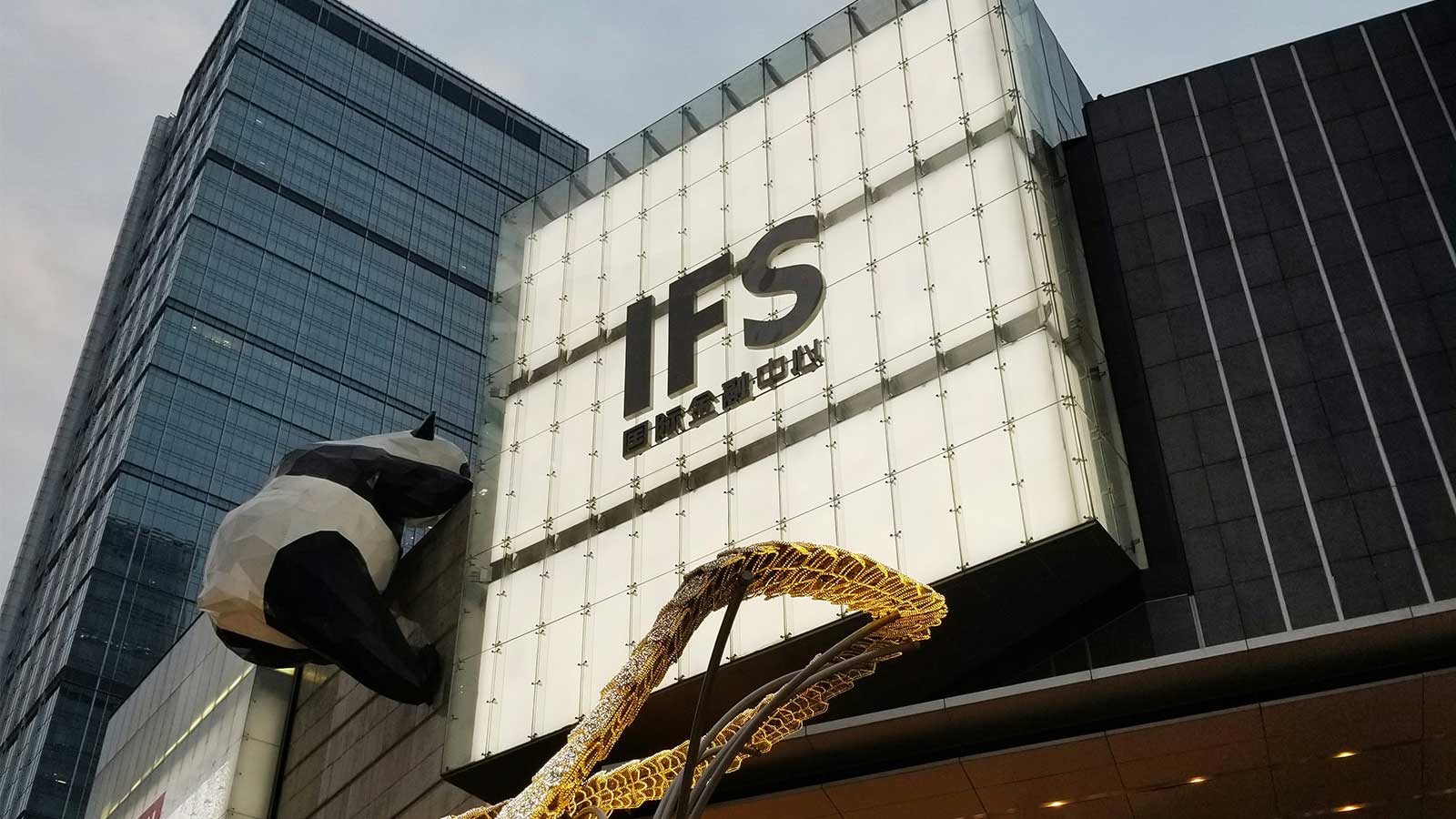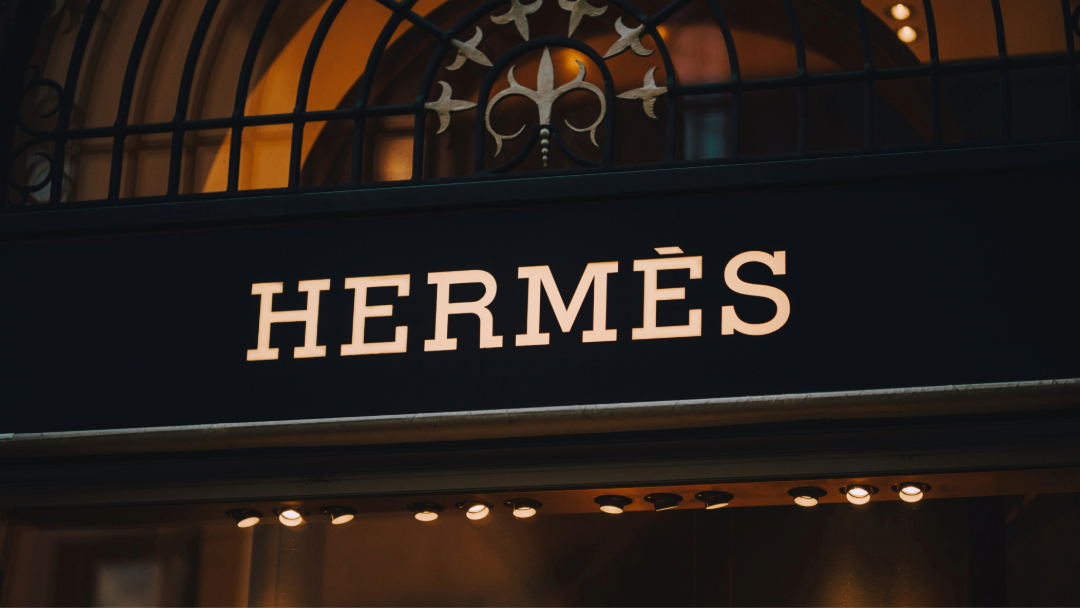Australian luxury consumers are seeking out aspirational products with high functionality, according to Fflur Roberts, head of luxury goods at Euromonitor International

Australian luxury consumers are seeking out aspirational products with high functionality, according to Fflur Roberts, head of luxury goods at Euromonitor International
Sydney, Australia
Australians luxury consumers are seeking out aspirational products with high functionality, according to Fflur Roberts, head of luxury goods at Euromonitor International
Australia’s luxury goods industry saw promising current value growth of 5% in 2013, as luxury brands continued to establish or expand their presence in the country. Consequently, consumers became more educated about these brands, whilst the high population of HNWI in Australia ensured purchases of luxury goods.
International brands cashed-in on this demand, becoming more visible and attainable over the review period and expanding into newer markets such as Brisbane and Perth. Luxury brands including Chanel and Prada established their first stores in Perth, whilst Hugo Boss and Hermès set up shop in Brisbane.
Male-led consumption continued to play a significant role in luxury goods in Australia. In 2013, many of the best performing categories were male-led. Although men typically spend less than women, and generally prefer their privacy when it comes to shopping, the rise of online retailers gave them a new-found confidence.
The huge selection of brands on popular apparel sites such as The Iconic and Asos acted as a gateway to the fashionisation of male consumers, whilst luxury sites such as Mr Porter and Matches acted as a source of education for male fashion and style appreciation
“ Male-led consumption plays an increasingly significant role in luxury goods in Australia ”
Economic Growth Fuels Rise In HNW Individuals
Australia’s unprecedented resources boom, coupled with record commodity prices over the review period, left the country with its best terms of trade in 100 years. Local consumers watched from the sidelines as the rest of the developed world fought sovereign debt crises and uncertainty in financial markets.
There is a relatively sound economic situation currently evident in the country, fuelled by favourable interest rates, low government debt, a solid banking system and high levels of employment. Australian consumers have shown a strong desire to rein in their spending, due to uncertainty regarding the international economic situation.
Australia’s economy continues to perform better than that of many other developed economies, with gross domestic product (GDP) growth at 3.3% in 2012; an improvement of 1.8% on the 2011 GDP growth rate. In the June quarter of 2013, Australia’s GDP defied forecasts, unexpectedly accelerating by 0.6%, taking the annual GDP to 2.6%, up from 2.5% in the previous quarter.
Similarly, Australia’s unemployment rate, hovering at just over 5% for most of 2012, is lower than in most developed nations. Australians are amongst the wealthiest in the world in purchasing power parity per capita terms, and as such, the country remains a lucrative market for global brands seeking refuge from uncertain home markets.
“ The population aged 65+ accounted for the largest share of the most affluent income earners ”
Seniors Most Prominent Amongst Highest Income Earners
In terms of wealth, seniors aged 65+ are most prominent amongst highest-income earners. Australia’s per capita annual gross income stood at A$53,448 (US$51,499) in 2013, representing a growth of 8.6% in real terms since 2008.
With this growth rate, Australia fared better than most advanced economies, since the average per capita annual gross income for OECD countries as a whole recorded a slight decline of 0.3% in real terms during the 2008-2013 period. Australia’s increase in per capita annual gross income has been primarily backed by the country’s resilient economy amid the outbreak of the 2008-2009 global financial crisis.
The growth momentum, however, eased since 2012 due to Australia’s slowing economy, as a result of a weakening mining sector and China’s economic slowdown. Over the forecast period of 2014-2030, Australia’s per capita annual gross income is forecast to increase on average by 1.4% per year in real terms (for a total increase of 24.3% in real terms during that period).

Hermes, Sydney
This will be driven by the country’s robust commodities sector, while efforts to transform from a commodity-based economy towards a broader-based economy should also support economic growth.
The population aged 65+ accounted for the largest share of the most affluent income earners (those with an average gross income of US$150,000+ in constant terms), at 17.0% in 2013. This profile is typically retired people, who often receive high pensions and/or earn extra income through their investments in real estates and equities.
They can be targeted by companies offering luxury goods and services like travel packages, leisure and entertainment and premium health goods and medical services; By 2030, the age band of 65+ will become even more predominant in the highest income segment, making up 24.0% of the top income earners. This partly reflects the significant trend of population ageing in Australia.
“ As the world battled through the global financial crisis, Australia successfully resisted recession ”
Luxury Opportunities
The Australian market has become a more attractive destination for international entrants, who are drawn to the relative strength and stability of the local economy. Whilst the rest of the world battled through the global financial crisis, Australia successfully resisted recession. With growth stalling for many retailers in other markets, such as the US and Europe, brands looked to expand to newer, more fertile ground.
Australia presents an opportunity for growth, and is seen as a largely untapped market. International brands are attracted to the high disposable incomes and western tastes of local consumers, whilst the high level of incoming tourists also drives demand for products.
Its close proximity to Asia also positions it as a gateway to potentially lucrative growth markets in this region. Global retailers have the opportunity to compete aggressively against existing Australian retailers on price, range, quality and the in-store experience.
“ International brands are attracted to the high disposable incomes and western tastes of local consumers ”
Since 2011 a range of global entrants have entered Australia, marked by the completion of Westfield’s Sydney City complex. Luxury brands Burberry and Louis Vuitton both launched flagship stores in Sydney in 2011 and more recently in 2013, Dior opened a flagship store on Castlereagh Street in Sydney. Castlereagh Street is also home to Gucci and Prada, which opened as part of the Westfield development.
The high population of HNWI and increasing disposable incomes are expected to fuel growth in the luxury goods market, with an expected constant value CAGR of 3% over the forecast period. When considering the high population of HNWI and increasing disposable incomes in Australia, there is a large amount of untapped potential for luxury brands and retailers.
HNWI are becoming more sophisticated in their knowledge, demands and service expectations when it comes to luxury. Luxury brands are expected to offer premium and differentiated services in-store, online and on all devices to better cater to this growing market.
International retailers will continue to either move into prime retail space or expand their presence in Australia, leading to an increasingly competitive marketplace. Many luxury goods houses are expected to turn to diffusion lines as a money-making tool and to reach a wider audience. These lines act as a strategic marketing tool to provide renewed attention for their brand, and are expected to remain a source of growth over the forecast period.

Saffire Luxury Coastal Sanctuary, Tasmania
Luxury Challenges
The adoption of e-commerce, m-commerce (mobile) and even f-commerce (Facebook) platforms by Australian shoppers indicates overwhelming demand for different retail environments to meet consumers’ demand.
Consumers are increasingly turning to multi-channel platforms to help with their purchasing decisions, and without an effective digital strategy, luxury brands and retailers risk falling behind. Luxury houses are choosing to engage with customers through digital means, which in effect boosts brand awareness, sales and the marketing of their products.
However, Australian consumers have been relatively slow to catch on to the online shopping trend, with many observers noting the lag behind overseas trends, in particular those emanating from more established digital retail markets such as the UK, the US, Germany and France.
However, the recent adoption of e-commerce, m-commerce (mobile) and even f-commerce (Facebook) platforms by Australian shoppers indicates the overwhelming consumer demand for retail solutions adapted to changing consumer preferences.
“ Consumers are increasingly turning to multi-channel platforms to help with their purchasing decisions ”
The country has amongst the highest penetration of smartphone and tablet users in the world, and this allows access to the Internet, social networking websites and email whilst on-the-go. The launch of 4G networks by Australian telecommunications providers resulted in faster Internet services and an enhanced user experience.
Similarly, the federal government initiative, known as The National Broadband Network, or NBN, aims to improve Internet speeds and reliability across the country. The NBN will ensure that Australians are better connected than ever before, with access to real-time internet services at an all-time high due to the much faster broadband internet and mobile internet networks in the country.
Omni-channel retailing will be a key focus for luxury houses, with brands and retailers looking to develop a strategy which features smooth integration across all platforms, and understands and puts the customer first.
A virtual presence is now seen as a vital component for luxury brands, rather than as a replacement for the in-store experience. With technology advancing at a rapid pace, it will not take long to fall behind, and failure to keep up with trends could be a significant disadvantage to luxury brands and retailers.
“ Australia has one of the highest smartphone and tablet penetrations in the world ”
Chinese Tourists Flock To Australian Shores
Chinese tourists are flocking to Australia in record numbers, having overtaken the UK as Australia’s second largest source of international visitors in 2012. According to Euromonitor International, there were 626,000 Chinese visitors in 2012, second only to New Zealand.
Some of Australia’s traditional source markets – such as the UK and continental Europe – are seeing regular declines in arrivals, whilst other source markets – such as Japan, the US and New Zealand – are delivering positive growth only sporadically. There is consensus that the middle-class group in China is rising, presenting significant growth prospects for Australia.
Whilst China’s luxury goods market was once booming, with many luxury houses experiencing double-digit annual growth from 2007 to 2011, the outlook dimmed in 2012, due to an economic slowdown, uncertainty about political transition and a crackdown on corrupt gift-giving. The arrival of many global luxury brands strengthened Australia’s positioning as a luxury destination for international tourists.

When shopping for luxury goods abroad, Chinese tourists can escape the high taxes and duties they endure in their homeland. They are often described as high rollers, and are consequently very desirable to luxury brands and department stores.
Many luxury boutiques and department stores are looking to tap into the lucrative Chinese market, and an increasing number are accepting UnionPay, the bankcard that most middle-class Chinese hold.
David Jones became the first department store to accept UnionPay as a method of payment in its stores to take advantage of Chinese spending. In addition, the retailer’s stores are becoming more Chinese-friendly, employing Mandarin-speaking staff, identified in store with a Chinese red flag on their name tags.
Australia plans to cash-in on the boom in Chinese tourists, hoping to double the number of Chinese visitors to the country by 2020. China is a growing focus for Australia’s tourism body, Tourism Australia, which has dedicated a quarter of its international promotional budget to China.
“ Australia hopes to double the number of Chinese visitors to the country by 2020 ”
Tourism Australia signed two separate three-year agreements with China’s state-owned enterprise representing the tourism industry, China Travel Service, and with Air Asia to work closely together promoting travel to Australia. Also, Air China runs 14 flights each week from Beijing and Shanghai to Sydney and Melbourne, which will increase to 16 flights per week in high season, with future additional services under consideration.
In its latest initiative aimed at capitalising on China’s middle-class visitors, Australia will launch an A$1.75 million campaign in 2014, dubbed the “G’Day China” campaign. The latest campaign will feature big-ticket celebrities to attract Chinese tourists down under.
The new campaign comes following a 2012 campaign showcasing Australia’s high-end experiences in an effort to position the country as an upmarket destination. Such campaigns will continue to benefit the luxury goods market over the forecast period.
Acceptance of China UnionPay cards is expected to expand over the forecast period, making it easier for Australian department stores and luxury houses to engage with Chinese tourists. Westpac, being the only “big four” bank not to announce an agreement with UnionPay, is also likely to join in over the forecast period.
“ Acceptance of China UnionPay cards is expected to expand over the forecast period ”
Future & Forecasts
Despite the prevalence of low consumer confidence in Australia, due to the economic uncertainty surrounding the European debt crisis, consumers are developing a taste for premium products. Consumer spending is decreasing; however, consumers seem to be purchasing high-quality, premium goods at lower volumes.
Premiumisation is evident in both mature products as well as new product developments. Consumers are attracted by brands displaying messages of associations with a strong historical background, craftsmanship, high functionality and durability.
Premiumisation is set to continue to characterize both consumption and new product development over the forecast period. As the premiumisation trend is seen as a generational shift, it is not expected to lose steam and die out any time soon.
However, there is only so much premiumisation that can occur before products become unaffordable. This is why Euromonitor International believes that premiumisation will continue at a gradual pace, with affordability in mind. Innovation and the addition of value will be somewhat restricted, yet will still be on the rise.
“ Australians will be looking for products that are aspirational, with high functionality ”
The reason why the premiumisation trend is not expected to fade any time soon is because once consumers become accustomed to high-quality offerings, it is unlikely that they will voluntarily drop their standards and go back to standard products.
There is more room for growth in terms of premiumisation and more luxury brands will follow this trend by offering better-quality products that have a sense of differentiation, as they will be confident that consumers will be willing to pay a higher price for less volume.
Luxury brands and retailers will need to be more innovative to keep up-to-date with changing consumer tastes, which are expected to evolve as a result of exposure to the Internet. Consumers will continue to turn to online luxury retailers such as Net-A-Porter and My Wardrobe for their luxury purchases, due to the huge selection of brands on offer, and this will continue over the forecast period.
Australians will be looking for products that are aspirational, with high functionality, and items that make them feel special. The success of existing luxury brands has demonstrated that luxury products are not just the realm of the wealthy, which will encourage more international brands to establish a domestic presence or expand their existing presence.
To further investigate local luxury markets on Luxury Society, we invite you to explore the related materials as follows:
– Inside India’s Challenging High-Growth Luxury Market
– Turkey: A Robust Economy Ripe For Luxury Growth
– Beyond The Buzz: The Brazilian Luxury Goods Market


